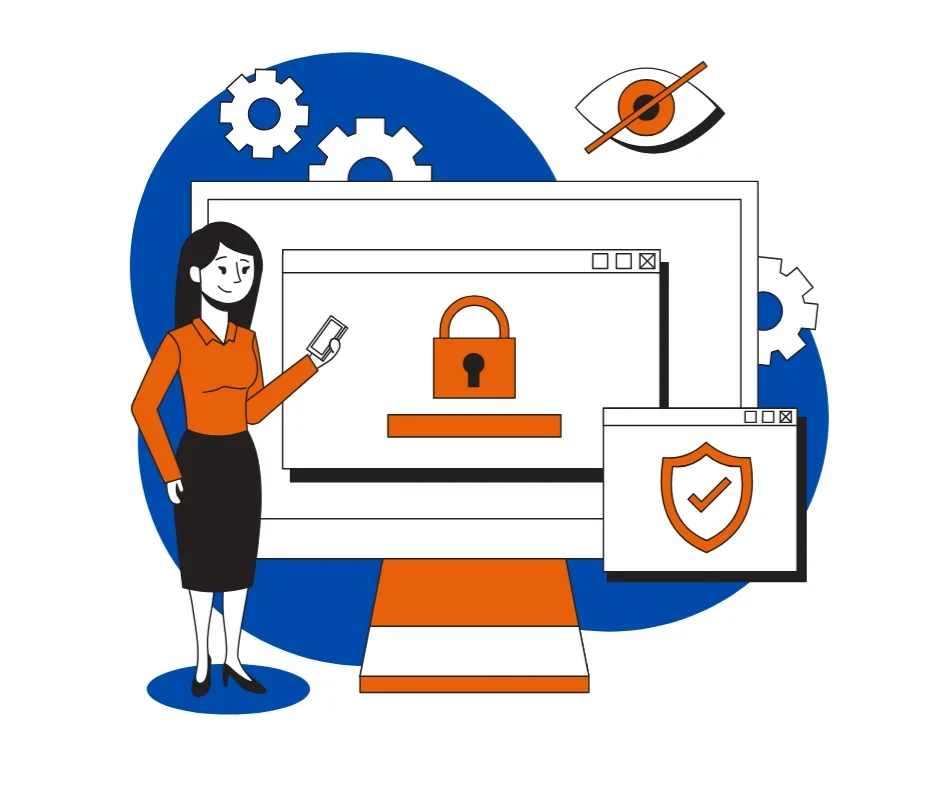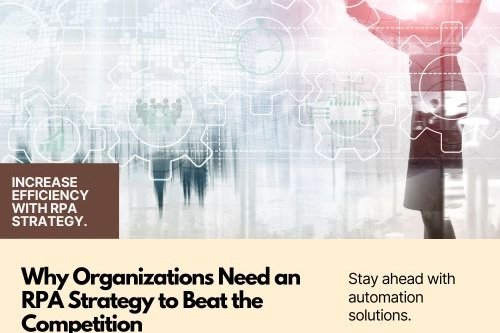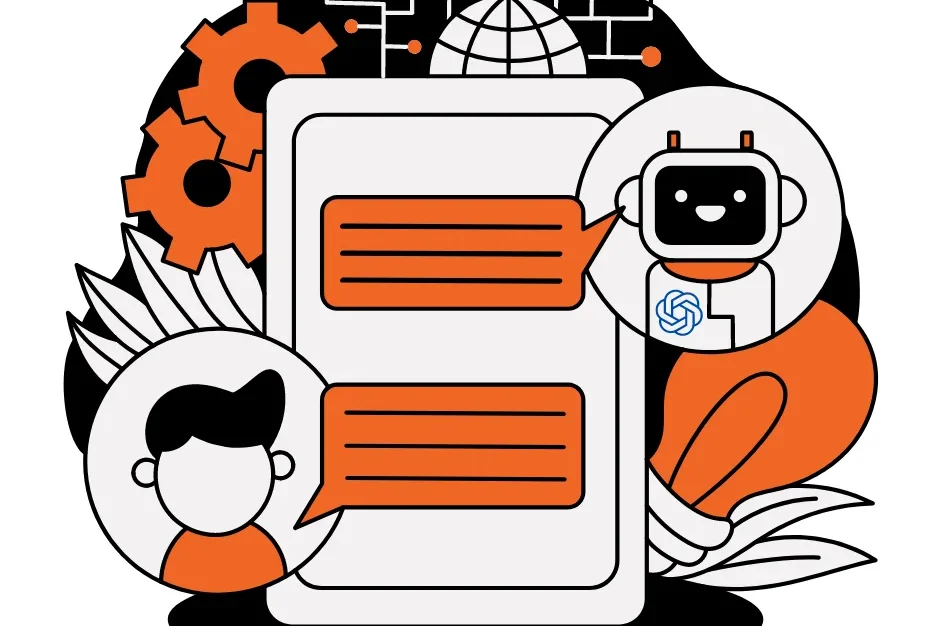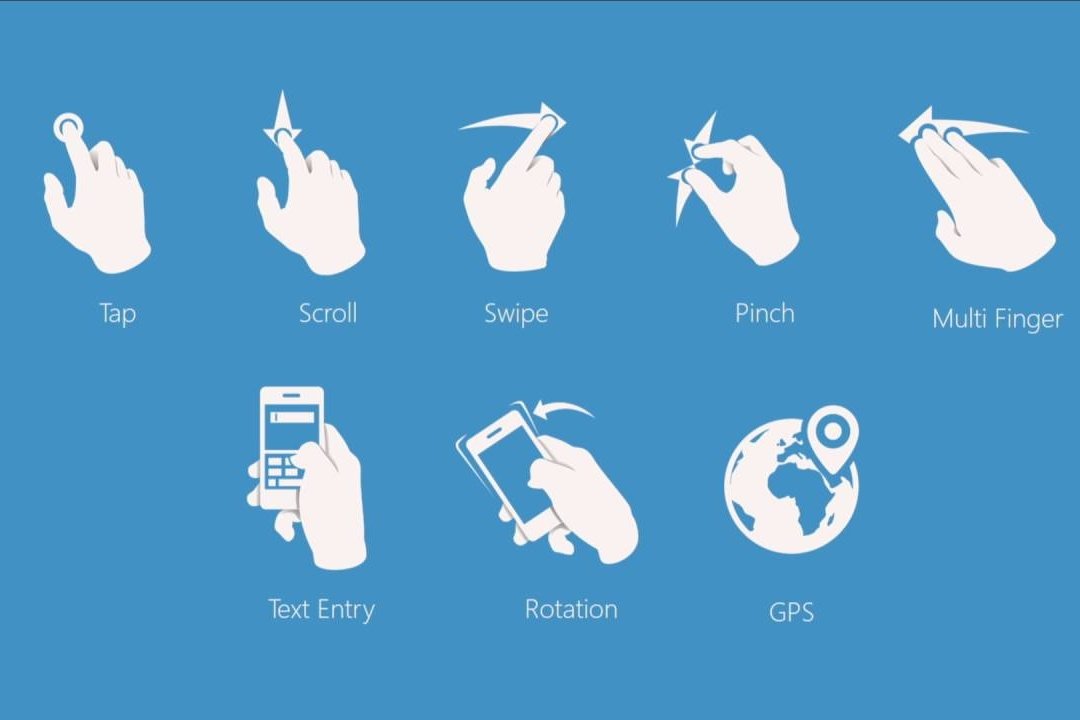Data security in remote work is crucial for safeguarding an organization’s sensitive data and digital assets. The COVID-19 pandemic has led to a significant shift in work paradigms, and remote work is becoming increasingly popular. With the rise of remote work, businesses face unique challenges and risks, including cybersecurity threats and hacking attempts. Failing to protect data can lead to financial losses, legal consequences, and damage to reputation.
The debate often arises between which approach is better; proactivity or reactivity? Is it better to have everything planned out in advance or to be agile and adaptable? However, the truth is that neither approach is mutually exclusive nor superior.
• Prioritizing data security ensures that sensitive information remains confidential, available when needed, and compliant with regulations.
• It also enhances employee productivity, maintains customer trust, and provides a competitive advantage in today’s digital landscape.
Therefore, it’s essential to ensure the security of your data.
In this blog, we’ll highlight the best practices, tools, and strategies to protect sensitive information and how to maintain data confidentiality, integrity, and availability while working remotely. So, let us show you the essential elements and practices for your data security.
1. Have a Virtual Private Network (VPN)
Using a VPN can provide a secure and private network connection between your device and the internet. It encrypts your data, providing a secure connection, and changes your IP address, so it looks like you’re working from a different location. It’s crucial to ensure that your VPN is updated regularly, has strong encryption, and secure protocols.
2. Two-Factor Authentication
One of the most effective ways to secure your data is through two-factor authentication. This method requires users to provide two different forms of identification to access an account or service. It’s an additional security layer that requires a verification code sent to a user’s mobile device or email. Enabling two-factor authentication makes it harder for hackers to access your data, thereby decreasing the likelihood of identity theft.
Are you unsure about data security? Get clarity in under two minutes with our chalk talk video!
3. Use Strong Passwords
Passwords are often the first line of defense against data breaches. Using a password manager can secure your credentials and assist in generating robust passwords. Strong passwords should include alphanumeric characters, special characters, and be at least 12 characters long. Using different passwords for different accounts can also reduce the risk of a hacker gaining access to multiple accounts.
4. Storing Data on Cloud
Data storage in the cloud has several benefits, especially in terms of improving data security.
• First off, cloud service providers make big investments in reliable security measures, frequently going above and beyond what individual businesses can manage.
• Second, most cloud solutions come with built-in data redundancy and consistent backups ensuring access to data even in situations of hardware failures or natural disasters.
• Cloud solutions frequently offer sophisticated encryption and access control options as well, lowering the danger of unauthorized access.
• Additionally strengthening overall data security, cloud-based solutions can make data administration and compliance adherence simpler.
5. Limit Access to Devices
Limiting who has access to your devices is essential in maintaining data security. It’s essential to secure your devices with secure passwords or biometrics such as fingerprints or facial recognition. Not sharing your equipment with coworkers or untrusted people can also help prevent data breaches.
6. Train Employees on Data Security
Educating employees on data security can go a long way in ensuring data security. Train employees in best practices such as regularly changing passwords, avoiding clicking on suspicious links, enabling two-factor authentication, and encrypting sensitive data. Investing in employee training can have a significant impact in avoiding data breaches.
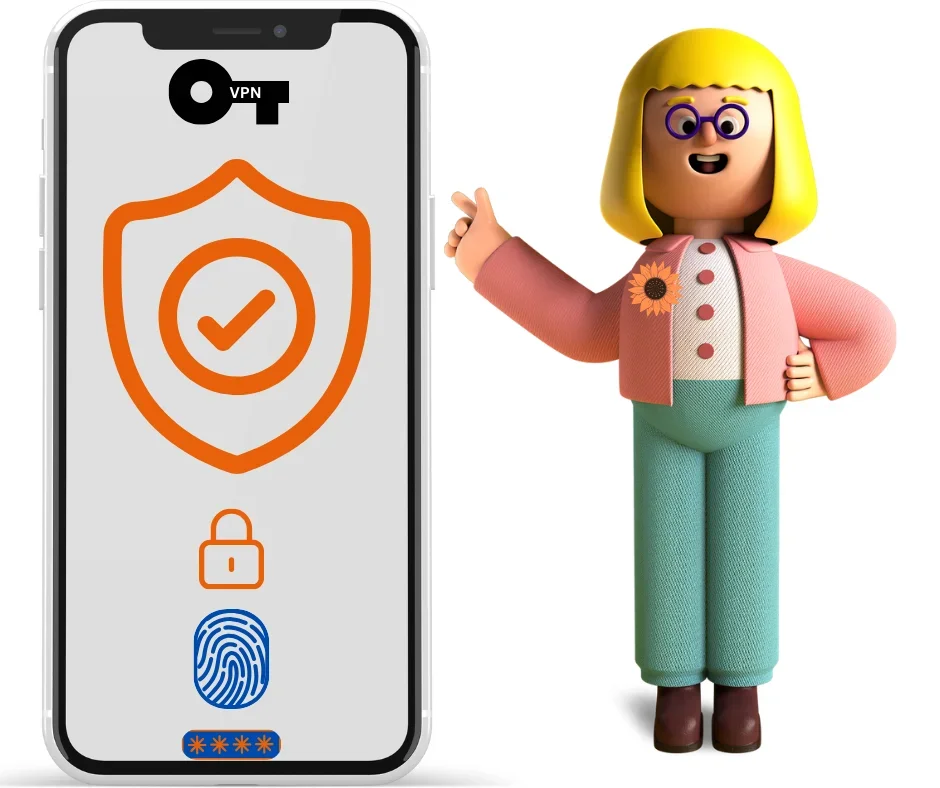
Stay up to date with Data Security
Maintaining a secure digital workplace requires staying up to date on the most recent advancements in data security in remote work situations.
• Actively following cybersecurity news and participating in industry webinars or conferences is one way to accomplish this. For instance, routinely attending webinars presented by cybersecurity specialists can offer insightful information about new risks and best practices.
• Participating in online forums and groups where experts talk about problems and solutions from the real world is another way. Through active participation in such platforms, people and organizations may share expertise and stay updated on the rapidly evolving field of data security in remote work, ensuring they are always one step ahead in protecting sensitive data.
Conclusion
In conclusion, data security is a crucial aspect of remote work, and implementing these best practices and tools can help safeguard your digital assets. Employing a VPN, two-factor authentication, strong passwords, limited device access, and employee training can go a long way in reducing the risk of data breaches. In the remote work era, it’s essential not to compromise on data security, and these recommendations can keep you ahead of the curve.
Experts from Sunflower Lab are always pleased to hear from you regarding your doubts and concerns about digital product development
You might also like
Stay ahead in tech with Sunflower Lab’s curated blogs, sorted by technology type. From AI to Digital Products, explore cutting-edge developments in our insightful, categorized collection. Dive in and stay informed about the ever-evolving digital landscape with Sunflower Lab.


